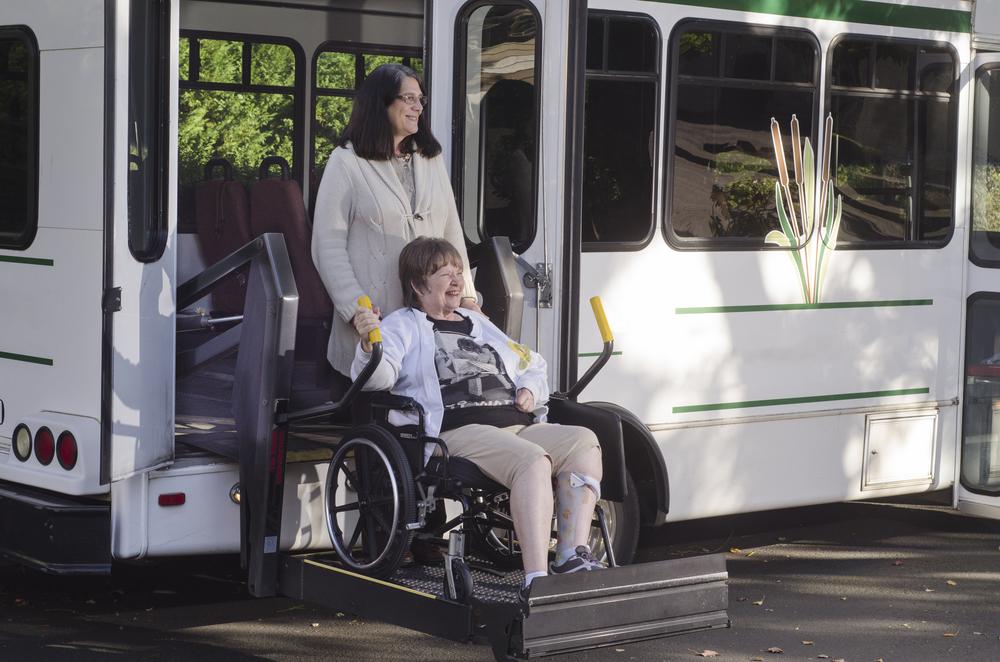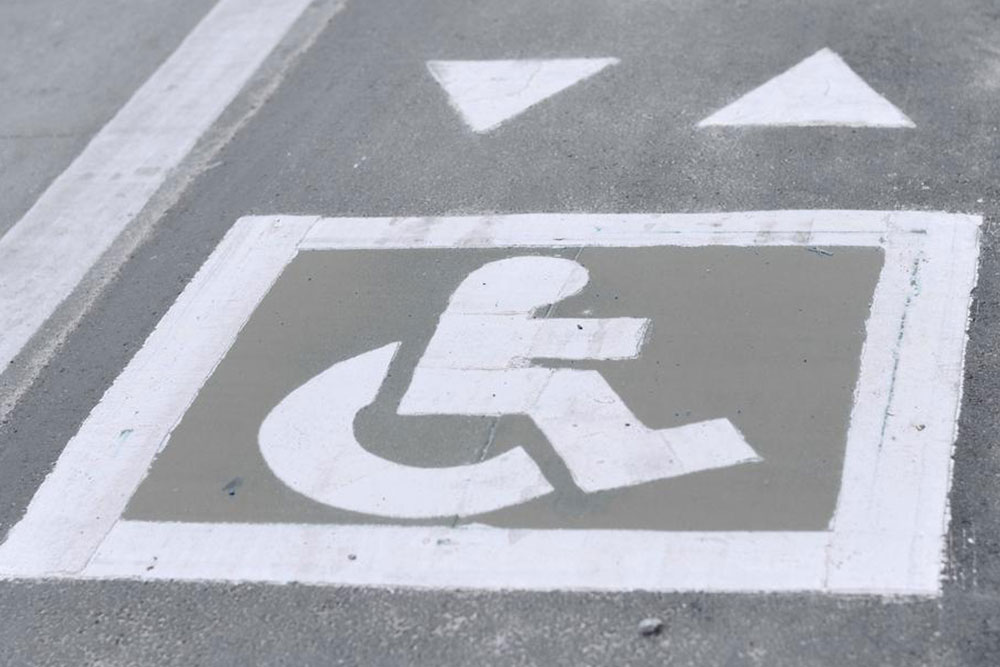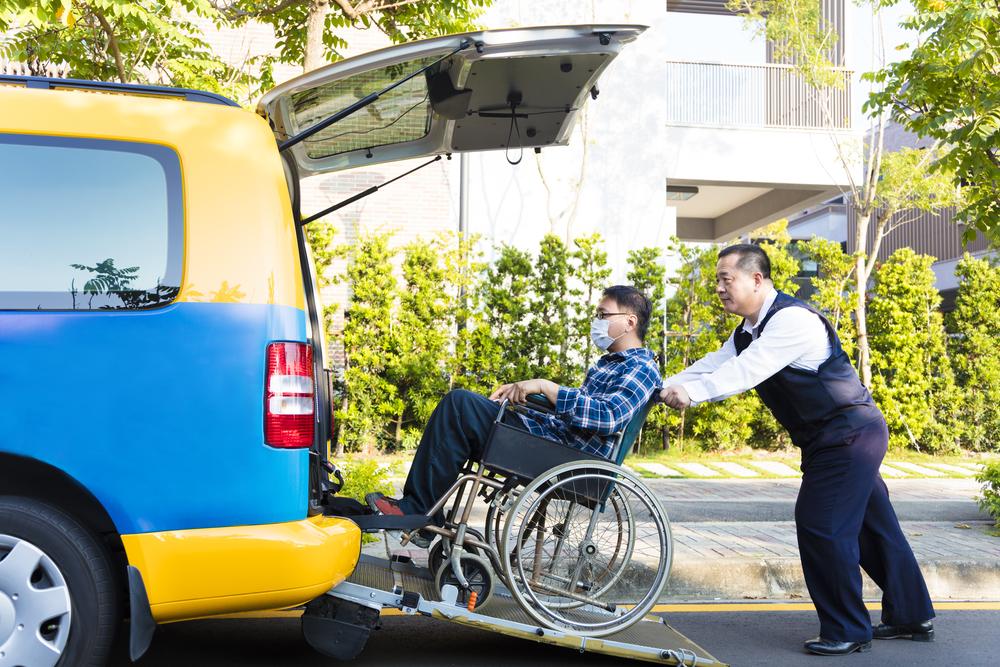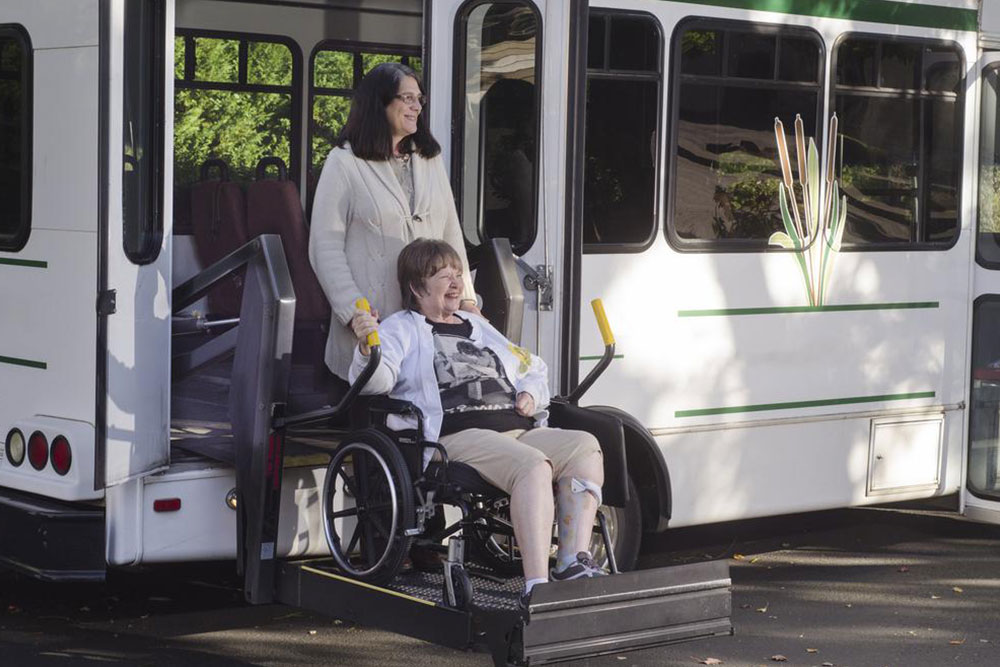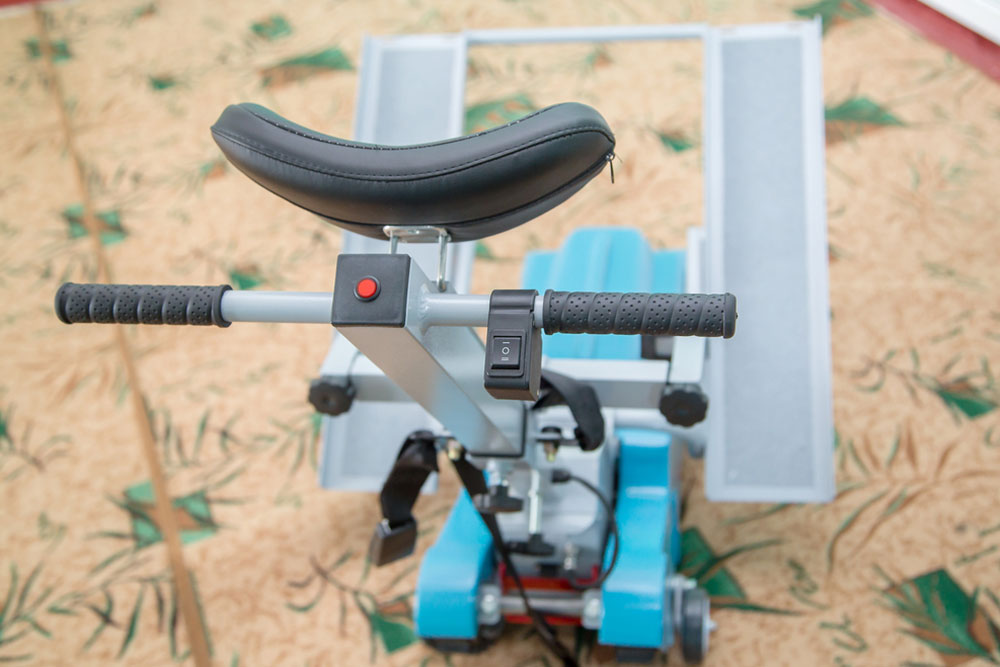Comprehensive Guide to Accessible Wheelchair-Accessible Vans for Enhanced Mobility
This comprehensive guide explores the essential features, customization options, and benefits of wheelchair-accessible vans. It emphasizes the importance of proper modifications such as lowered floors, dedicated ramps, customizable interiors, securement devices, and options for heavy-duty wheelchairs. Designed to enhance independence and safety, these vehicles are crucial for individuals with mobility challenges. The article also discusses entry options like side and rear entry, along with considerations for vehicle reinforcement and securement technology. Whether for personal or commercial use, understanding these features helps in selecting the best mobility vehicle, promoting safer and more comfortable travel experiences.
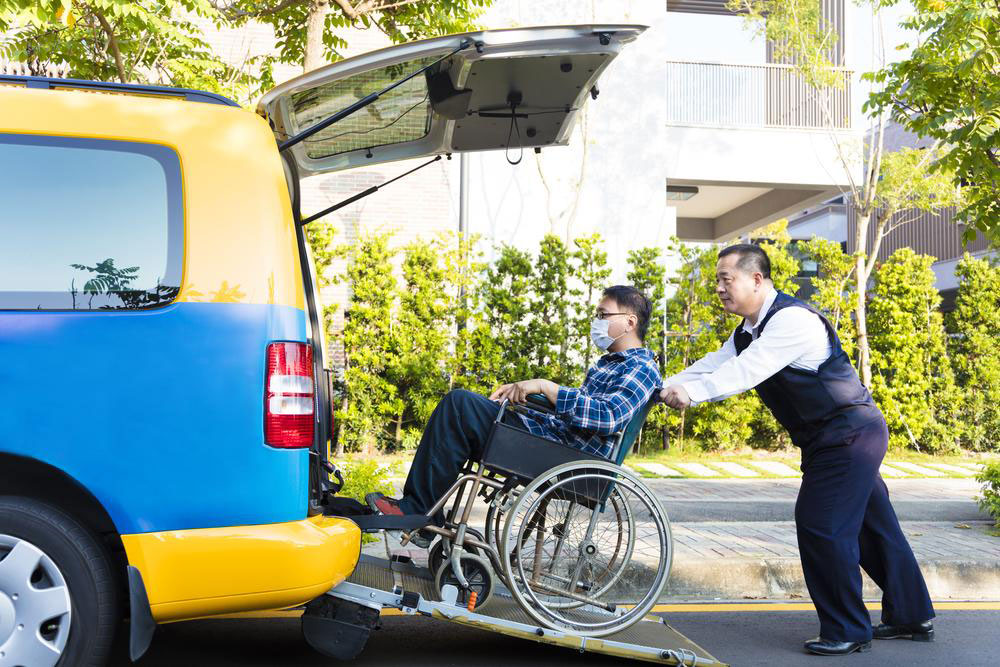
Comprehensive Guide to Accessible Wheelchair-Accessible Vans for Enhanced Mobility
Individuals with mobility challenges often face significant hurdles when it comes to transportation. To address these issues, wheelchair-accessible vans have been specially designed and extensively modified to serve as reliable, safe, and comfortable mobility solutions. These vehicles are not just ordinary vans; they are thoughtful adaptations that enable passengers who use manual or electric wheelchairs to travel independently and safely without the inconvenience of transferring from their wheelchair to a standard vehicle seat. This transformation plays a critical role in promoting independence, safety, and convenience for mobility-impaired individuals, their families, and caregivers.
Understanding the importance of these modifications is essential for those seeking a suitable vehicle that meets their needs. Here, we explore the key features, customization options, and benefits of wheelchair-accessible vans.
Lowered Floors for Seamless Accessibility: One of the most prominent features of wheelchair-friendly vans is the lowered floor, which provides sufficient headroom and clearance for ramps and other access devices. This feature makes entering and exiting the vehicle smooth and safe. Automated systems such as roll-out ramps or hydraulic winches are integrated into the vehicle design to facilitate easy wheelchair loading and unloading. These systems are crucial for users who may have limited strength or mobility, ensuring they can access the vehicle independently without relying heavily on assistance.
Customizable Interior Seating: An essential aspect of wheelchair van conversions includes reconfigurable seating arrangements. Passenger seats can often be removed or repositioned to securely accommodate the wheelchair within the vehicle, eliminating the need to transfer the user into traditional seats. This customization maintains passenger comfort and safety during travel, as secure restraint systems are installed to prevent movement while the vehicle is in motion. These securement devices include wheelchair straps, tie-downs, and anchoring systems designed to provide stability and safety.
External Ramps and Rotating Seats for Ease of Boarding: External ramps, either foldable or slide-out, are standard features to enable smooth wheelchair boarding. Some vans incorporate rotating or swivel seats near the entrance, allowing for easier transfer from the wheelchair to the vehicle seat, or vice versa. This feature is especially useful for users with limited upper body strength or those who prefer to remain in their wheelchair during transit. The design ensures a seamless and comfortable entry process, minimizing stress and physical exertion.
Supporting Heavy-Duty Wheelchairs: Electric wheelchairs tend to be heavier and may require suspension upgrades or enhanced payload capacities to ensure safe handling and a smooth ride. Many conversions include reinforced suspension systems or heavy-duty axles to support the added weight of advanced mobility devices, ensuring durability and safety over long journeys.
Reinforced Flooring and Securement Devices: To withstand the additional weight and ensure safety, flooring is often reinforced during the conversion process. Securement devices such as restraints, straps, and anchors are installed to hold wheelchairs securely in place during transit, preventing any movement that could jeopardize safety or stability.
Entry Points and Passenger Space Optimization: Vehicle entry points are customizable to suit user needs. Side-entry vans are ideal for wheelchair users who wish to drive the vehicle while seated in their wheelchair, as these models allow for more independence and ease of access. Rear-entry vans are better suited when the passenger does not intend to drive, as they typically require less space and are more compatible with standard handicapped parking and loading zones. Proper planning during the conversion process ensures a focus on user convenience, safety, and overall functionality.
Choosing the right conversion options depends on individual needs, lifestyle, and mobility device specifications. Whether for personal use, family transportation, or commercial services, accessible vans significantly improve mobility and independence for users, making traveling safer, more comfortable, and more convenient. It is vital to work with experienced vehicle conversion specialists who understand the nuances of mobility needs, safety standards, and legal requirements to deliver a vehicle tailored to specific needs. These professionals can assist in selecting the appropriate features, customizing layouts, and ensuring the vehicle meets all safety and accessibility standards, ultimately providing a reliable and efficient transport solution for those with mobility challenges.
